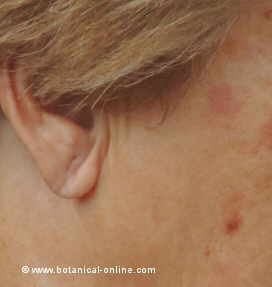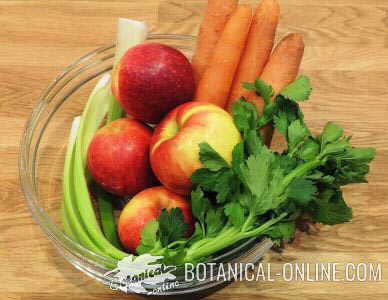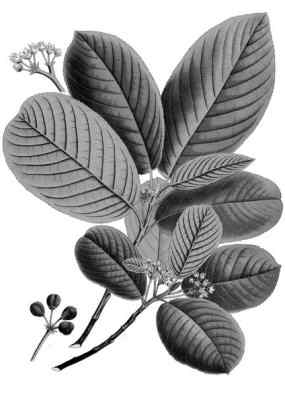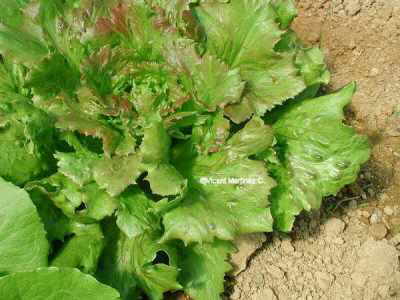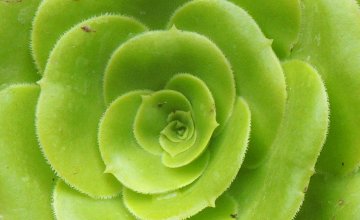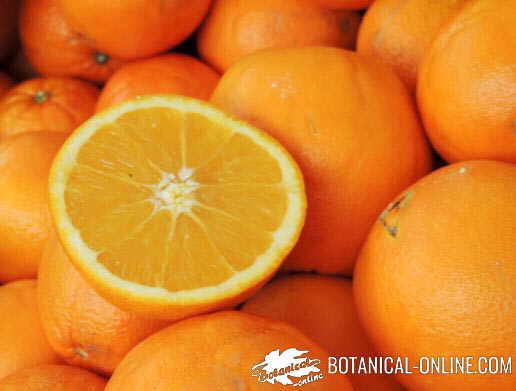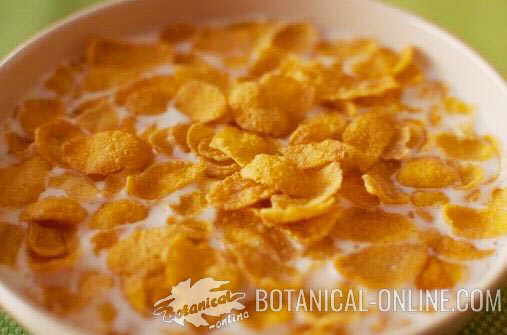Contents
What is a tea?
Benefits of tea
TEA is an ancient stimulant beverage native of China. It is elaborated with the tender leaves of a small little tree, the tea tree (Camellia sinensis).
Tea Origin
The history of tea is rooted in Chinese mythology. Initially tea was taken as a medicinal plant, although over the years, tea was acquiring social value to become part of the customs and culture of its inhabitants.
Westerners, amazed by the properties of this drink and its importance in Eastern culture, imported tea to Europe to make it one of the most desirable drinks.
Currently, tea is the second most consumed beverage in the world after water.
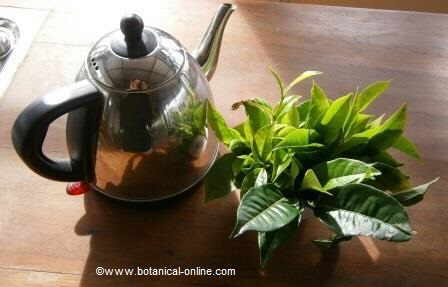
Photo of infusion with tea leaves (Camellia sinensis)
Types of teas
Depend on how tea is manufactured, We can distinguish the following types of tea:
– Green Tea: It is a non-fermented tea, rich in antioxidants such as catechins. It is attributed with many medicinal properties . In Japan, where there is more green tea culture,it is the most consumed over any other type of tea.
– Red tea: is a unique type of tea from China, where it is made by hand and some unknown methods. It is a green tea that has undergone a subsequent fermentation process (post- fermented tea). Its properties are intermediate between green tea and semi-fermented tea.
– Semi-fermented tea: This type of tea is only produced in China (in Formosa – Taiwan and Fujian). It has undergone a fermentation process like black tea, but without complete oxidation. It is lighter in color than black tea, and sometimes dried leaves have a bluish tinge, so it is also called blue tea. It has a high caffeine content, similar to the black tea.
– Black tea: Black tea leaves undergo a full oxidation or fermentation. Oxidize polyphenols have antioxidant properties not having other teas. It is stimulating and rich in caffeine (but it does not contain as much as coffee). Astringent.
– White tea: Unoxidized tea type, it is the richest in antioxidants and catechins of all types. It provides a light yellow infusion without astringency, soft, with a fruity flavor.
– Blends (Mixtures of tea).
Taking this tea types as a reference, there are a lot of varieties of tea in the world, each one of them with particular taste, flavour and, sometimes with outstanding properties.
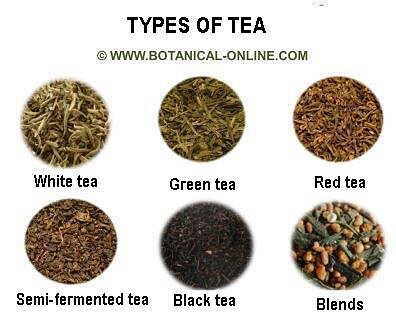
Types of tea
Tea caffeine content
Tea is a stimulating drink that contains caffeine, like coffee, cola, guarana or yerba mate. The caffeine content of each type of tea is:
| Beverage Type | Caffeine per cup in mg |
| Coffee | 80 |
| Black tea | 40 |
| Semi-fermented tea | 30 |
| Red tea | 25 |
| Green tea | 20 |
| White tea | 15 |
| Rooibos | 0 |
* Related: Tea for pregnancy and lactation?
Health properties of tea
No matter what type or variety of tea, all of them posses the following properties:
– Tea is antioxidant: One of the reasons why tea has become popular in the West is because it has been attributed with being responsible of the Oriental population longevity. Scientific studies have shown that tea has antioxidant components (catechins) which are responsible for its virtues for cardiovascular health. Regularly drinking green tea protects body fat from oxidation, slows aging and helps reduce cholesterol, preventing poor circulation.
People with smoking habits can benefit from its antioxidant properties, since tea protects them from oxidation caused by cigarette smoke. Green tea has been linked to the prevention of some cancers such as colon cancer
– Tea has slimming and diuretic properties: Tea is often taken in slimming diets for the role of caffeine as a stimulant of metabolism and thermogenesis (it increases fat burning). Recent studies seem to indicate that catechins (tea components), together with caffeine, have a thermogenic effect. That is, they increase body temperature by activating the metabolism, so they favour energy expenditure and contribute a person to lose weight.
These components also have diuretic properties and are used in the treatment of obesity, to increase urination, removing body fluid. Tea is very good very good to prevent fluid retention. So tea, in addition to promoting weight loss, is very useful in those treatments that may benefit by the loss of body fluids, such as arthritis, osteoarthritis, gout or uric acid.
– Tea improves vision: Tea is rich in condensed tannins consist of anthocyanins. These components are a class of flavonoids with protective functions of blood capillaries and especially on eye health. People with vision problems, those who spend much time on the computer, or those with diabetes can take tea to help maintain good vision.
– Stimulant effects of tea: Although tea is a stimulant drink, it can not be considered the same type of stimulant drink than coffee or some energy drinks. Tea contains half or more than a half calories than a cup of coffee. Also, because of its richness in tannins, tea caffeine is gradually absorbed, so that its effects are not as immediate nos as strong as in coffee. (More information).
![]() More information on tea.
More information on tea.
20 March, 2025

